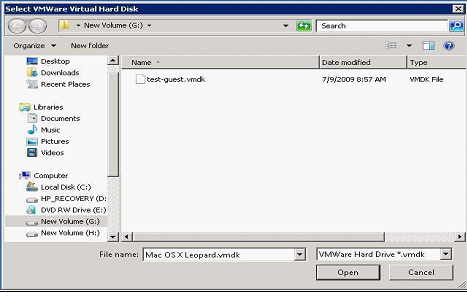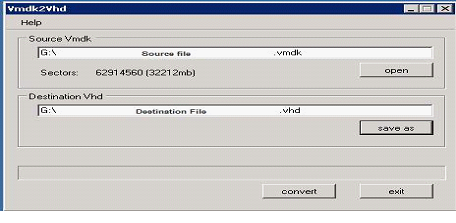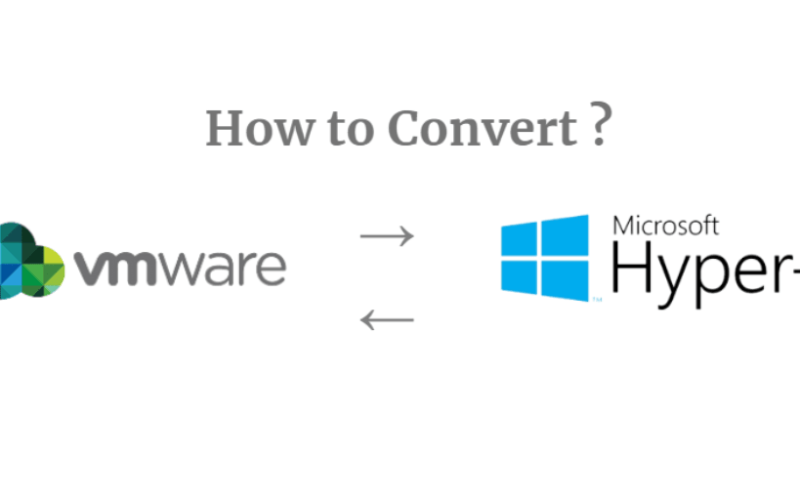CONVERTING VM IN VMWARE TO HYPERV
Performing a Virtual to Virtual Migration of Guest Images
A strategy for migrating older images to Hyper-V is to do a virtual to virtual image migration.Via VMM, an administrator can select a running virtual machine (running VMware,XenServer, Hire Remote Windows Engineer
Virtual Server 2005, or the like) and choose to migrate the image to Hyper-V. This process extracts all the pertinent server image information, applications, data,Registry settings, user settings, and the like and moves the information over to a target Hyper-V host server. Once migrated, the Hyper-V integration tools can be installed, andthe image is now clear and ready to be supported by Hyper-V or VMM.
Following are the steps to convert a VMWare VM to Hyper-V VM
- First you need to uninstall the VM tools from your VM
- Then shutdown the VM
- After that add a new IDE disk drive to your VM.
- You need to boot up your virtual machine with both of the drives that is connected and check that it detects your new IDE drive. You can see the new drive as “not initialized” in Disk Management.
- Then power off the virtual machine and remove the newly created IDE disk from the VM. Do not power on VMware Machine again.
- Now you need to convert your VMDK file to VHD format by using the newest Vmdk2Vhd utility.
- After that you can now uninstall the VMware Server and then install Hyper-V + on the current Windows Updates on your host server
- Then create a new Virtual Machine in the Hyper-V.
- On the Power and Install the “Integration Services” and reboot when prompted
- Assign the original IP address to the new network card.
- Then you can check the device manager
- Then reboot
- After that check all your applications and services are running
- Finally done.
Note: If you have Win2008 VM’s then it’s not necessary to add a temporary IDE disk during migration but you might want to copy the relevant KB949219 (http://support.microsoft.com/kb/949219) update package to your VM before converting it. Otherwise it will start up with three warnings in the Device Manager for “Microsoft VMBus Video Device”, “Microsoft VMBus HID Miniport” and “Microsoft VMBus Network Adapter” – hence you will have no network access
Converting Vmware files to Hyper-V-compatible files by using VMDK to VHD converter tool:
Open the VMDK file, as shown below

Once the file is open, select a destination for the new VHD file and provide a file name.

Select destination and name VHD file. Click to start Conversion.
The above mentioned method is for converting guest operating systems in VMWARE to HYPER-V. The guest operating systems can be both windows and Linux based systems.



